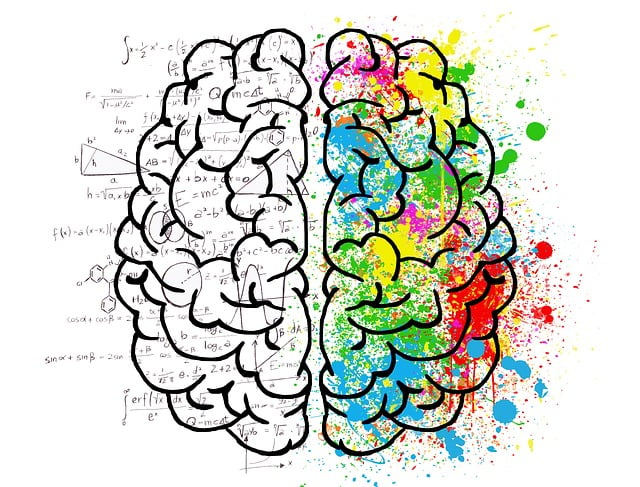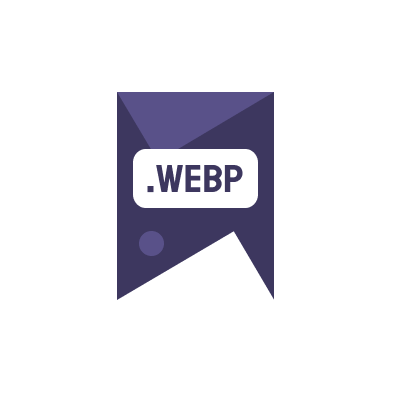When discussing the future of online image formats, the comparison between AVIF vs WebP is inevitable. Both formats offer significant advantages over traditional formats like JPEG and PNG, primarily in terms of compression efficiency and image quality. This detailed analysis aims to delve into their features, use cases, and how they are shaping the future of digital imagery.
Understanding WebP
Developed by Google, WebP is a modern image format that allows for both lossy and lossless compression. It supports transparency and animation, making it a versatile choice for various web applications. Image to webp online free tools have made it particularly accessible for users looking to optimize their images efficiently without compromising quality.
Introduction to AVIF
AVIF, which stands for AV1 Image File Format, is based on the open-source AV1 video codec. It has been gaining traction due to its impressive compression capabilities that promise to reduce file sizes significantly while maintaining high image fidelity. Emerging as a strong competitor to WebP, AVIF is supported by major companies like Netflix for its ability to handle high-resolution images with better compression ratios.
Comparative Analysis of AVIF vs WebP
When comparing AVIF vs WebP, several aspects need to be considered:
- Compression Efficiency: AVIF generally provides better compression than WebP, which means smaller file sizes for the same quality.
- Image Quality: Both formats offer excellent quality, with AVIF having a slight edge in maintaining details at lower bitrates.
- Browser Support: WebP has wider support across major browsers compared to AVIF. However, AVIF’s adoption is rapidly increasing.
- Feature Set: WebP supports animation and transparency, which are crucial for web graphics. AVIF is currently catching up in these areas.
For developers and web designers, choosing between AVIF and WebP often comes down to specific needs and browser support.
Impact on SEO and Web Performance
The choice of image format can significantly affect website SEO and performance. Formats like AVIF and WebP can improve page speeds, which is a crucial metric in SEO rankings. Faster loading times lead to better user experience and lower bounce rates. PageSpeed Insights by Google is a useful tool to evaluate how image formats impact site performance.
Future Prospects
As web technologies continue to evolve, the debate over AVIF vs WebP is likely to intensify. With ongoing improvements and increasing browser support, both formats are poised to play significant roles in the future of web imaging. For users and developers, staying informed about these changes is essential for making optimal decisions regarding web design and image management.
To conclude, the battle between AVIF and WebP highlights the dynamic nature of web technology and its impact on our visual experience online. Whether you are a developer, a content creator, or just someone interested in the technological advancements, understanding these formats is key to navigating the future of digital images.

